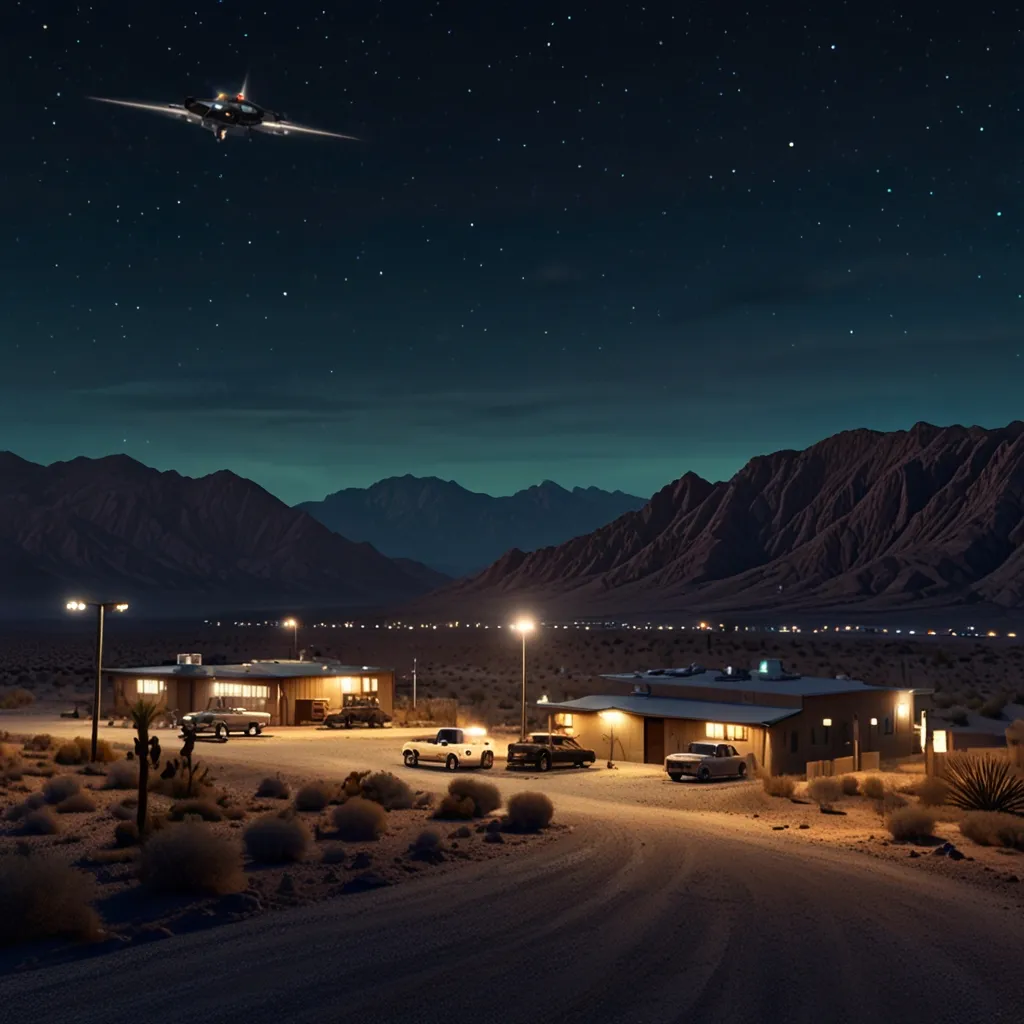Mars has two tiny moons named Phobos and Deimos. These moons are pretty small compared to Mars or even our Moon. If you think of their surface area, they’re about the size of some of the smallest places on Earth, like Luxembourg and Malta. Despite their size, they aren’t lightweights. However, their gravitational pull is too weak to shape them into spheres, so they end up looking more like giant potatoes.
The leading theory about their origin is quite fascinating. It’s believed that Phobos and Deimos were once part of the asteroid belt. But then, Jupiter’s massive gravity sent them flying, allowing Mars to catch them.
Phobos is the closer of the two, orbiting Mars at about 9,400 kilometers. It takes just seven and a half hours to complete one orbit. But Phobos is on a dangerous journey, getting closer to Mars by two meters every year. In 50 to 100 million years, Phobos might be torn apart by Mars’ gravity, turning into a beautiful ring around the planet. Alternatively, it could crash into Mars, releasing energy that could devastate any life there. If there are humans on Mars by then, they’ll need some pretty solid bunkers.
Deimos, the smaller moon, has a different fate. It’s slowly moving away from Mars. Eventually, Deimos will break free from Mars’ gravity and drift off into space, leaving Mars without a moon. In a few hundred million years, Mars might be all alone unless it captures another wandering asteroid.






